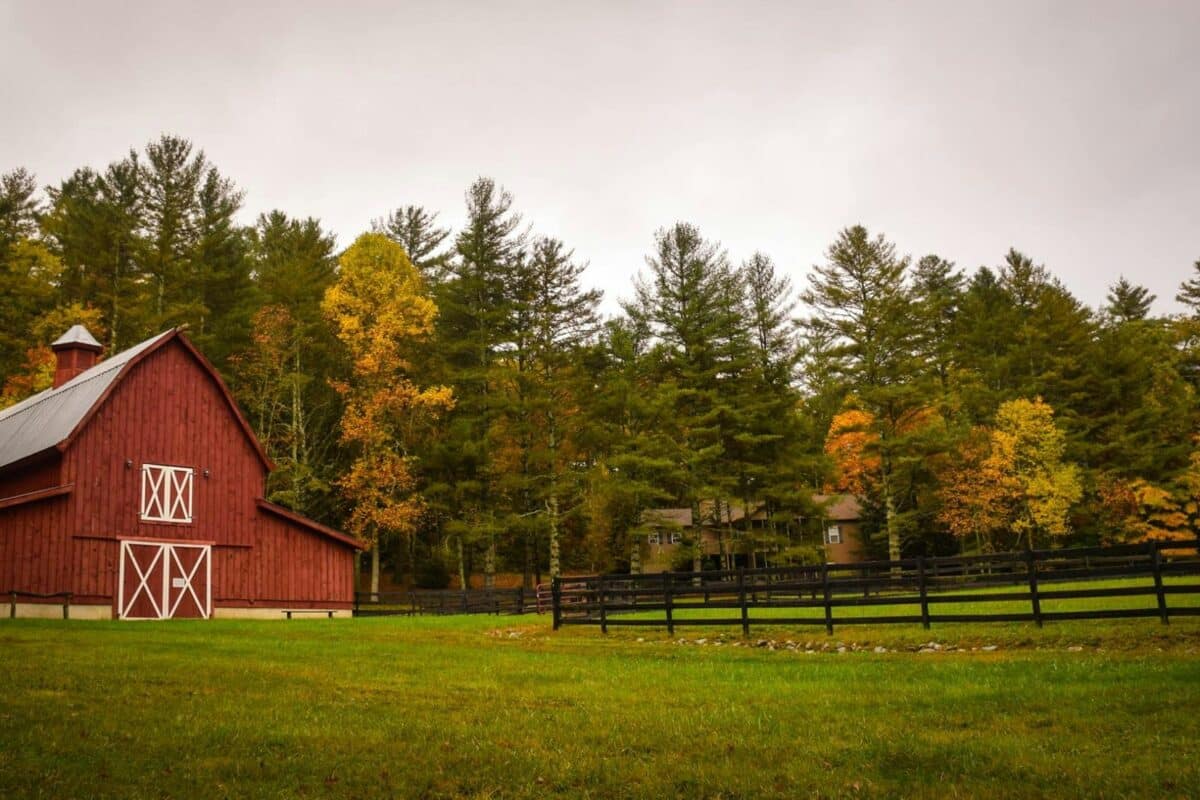 Kanchenjunga’s plume, a ghostly extension of the mountain’s tallest peak, a spray of snow rising high above the halfhearted clouds, draws a larger than usual crowd this morning at Darjeeling’s most popular breakfast spot, Keventer’s. I join a table of six other travelers, all but one facing the mountain. The plume is always a topic of conversation. With its lush tea plantations, and stunning Tibetan temples, and miles of outdoor markets, Darjeeling’s biggest attraction is off in the distance, looming on the horizon—sacred Kanchenjunga.
Kanchenjunga’s plume, a ghostly extension of the mountain’s tallest peak, a spray of snow rising high above the halfhearted clouds, draws a larger than usual crowd this morning at Darjeeling’s most popular breakfast spot, Keventer’s. I join a table of six other travelers, all but one facing the mountain. The plume is always a topic of conversation. With its lush tea plantations, and stunning Tibetan temples, and miles of outdoor markets, Darjeeling’s biggest attraction is off in the distance, looming on the horizon—sacred Kanchenjunga.
Kanchenjunga is the world’s third highest mountain peak. It is the highest peak in India. While anyone with a wad of money and rudimentary climbing skills can join an expedition and gain access to Everest, only a few will ever attempt Kanchenjunga.
In India, Darjeeling, Kalimpong, Pelling and Gangtok offer the best views of the mountain. Kanchenjunga favors early risers: hundreds of tourists gather on Darjeeling’s Tiger Hill each morning before dawn for the chance, upon sunrise, of a clear view of Kanchenjunga. From Tiger Hill you can also catch a glimpse of Everest.
Spring is the best time of year for traveling to the Indian Himalayas. Airfares to Delhi begin to drop as the sea level temperatures begin to rise to unbearable pre-monsoon heights. The mountains are always cool.


